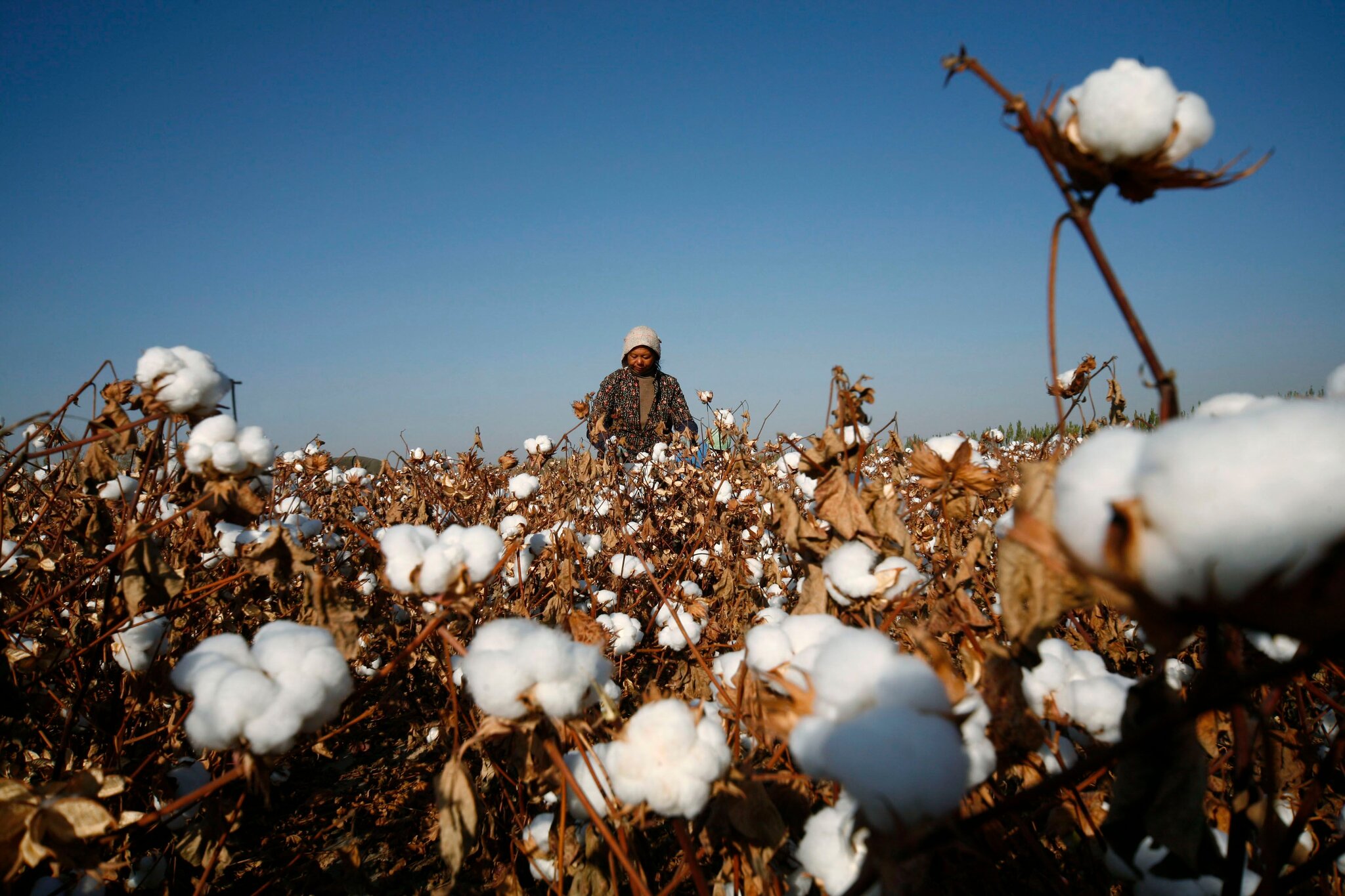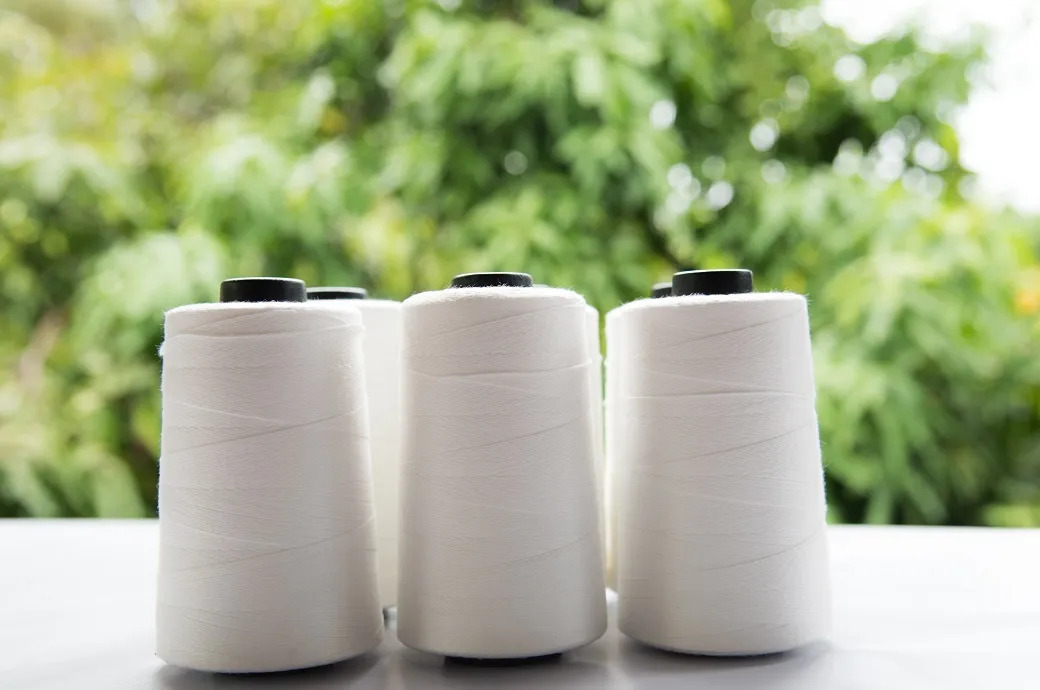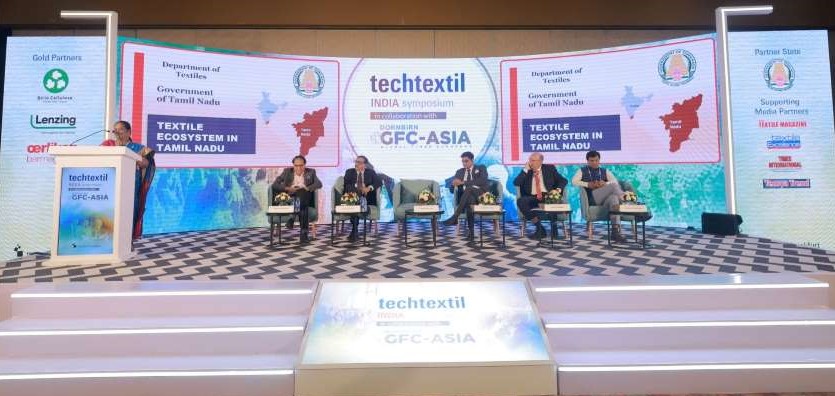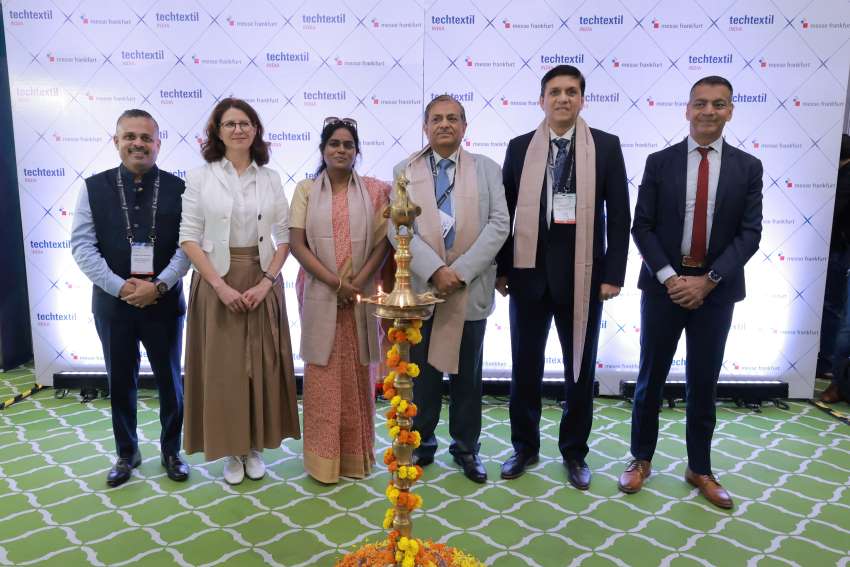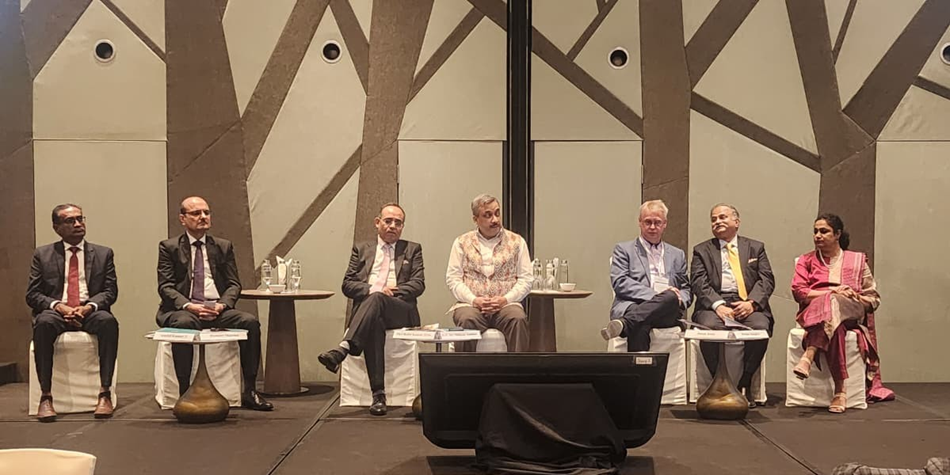FW
"America produces things at the top of the pile: airplanes, wind turbines, solar panels. These are not things competitors can quickly imitate as it requires expertise and innovation. They are products that take years to develop. China or Mexico can’t just get some guys in a room and give them aluminum foil and tell them to make a 747."

America produces things at the top of the pile: airplanes, wind turbines, solar panels. These are not things competitors can quickly imitate as it requires expertise and innovation. They are products that take years to develop. China or Mexico can’t just get some guys in a room and give them aluminum foil and tell them to make a 747.
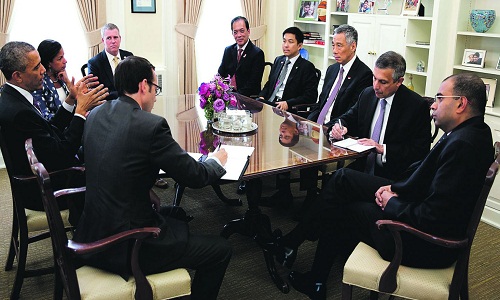
In such a scenario, America needs to answer a simple question as to why it should spend time making T-shirts and socks when they can train unemployed former textile workers to program, and help them get jobs in new industries. Long gone are the days of thousands of men standing shoulder to shoulder in a Ford factory making Model Ts. Now robots paint and weld, plus machines that help auto workers put cars together. The next great middle-class job isn’t the auto assembly line employee who works in the GM plant for 40 years and retires. It’s the computer programmer who helps make the robots that build the cars.
Game changing revolutions
The time is right for America to enact game-changing trade policies. The countries in East Asia are turning to the US for leadership and, for protection. They want to trust US, like Germany did, as a reliable and stable partner for trade and security. Even Vietnam, formerly its enemy, now seeks to become its friend.
They want to help it make the 21st century the second American Century. It is in their interest to help the country and in its own interest to take their help. Instead, the countrymen or rather the government at the helm is too busy making America ‘great’ again while losing ‘bigly’ in the process. The initial impact could be praising for the President but it would rather be short term.
So the next time you buy a T-shirt at Target, take a look at the label. There’s a good chance it came from somewhere that would have been a part of the Trans-Pacific Partnership. As you’re looking at that tag, please think about the Vietnamese garment worker who would have benefited from a shorter working day and from being able to unionize. Consider the family who could have fed their children better, worked in better conditions and enjoyed more health and safety protections.
For the first eight months of this year, Thai garment shipments fetched $1.95 billion, a slight increase of one per cent from the same period last year. However, they are expected to soar in the remaining months due to the festive season spending spree. Thailand’s garment exports are expected to grow by two per cent this year.
Right now the country can avail of GSP for exports to the European Union but this privilege may end early next year. If this happens, Thai garment exports to the EU would be subject to a 12 per cent import tariff, up from the current 9.6 per cent, making Thai shipments less competitive in the EU market, particularly against Vietnamese products. This may induce Thai manufacturers, particularly medium and large-scale operators, to relocate their production bases to Vietnam or Myanmar.
Slowing demand from the US and EU has been offset by a rise in Thailand’s exports to Asia - including China, Hong Kong, Korea and Japan - which now account for half the country’s total exports. Some 24 per cent of Thailand’s exports are within Asean and China takes up 12 per cent. But next year the country’s garment exports can grow five per cent if global economic conditions are in good shape.
Last year Uzbekistan processed 40 per cent of all cotton produced in the country compared to domestic processing at only seven per cent in 1991. Today, Uzbekistan exports textile products to more than 50 countries. In recent years, exports have expanded to Brazil, Chile, Croatia, and Nigeria.
The target is to process all cotton fiber processed inside Uzbekistan by 2020. Today cotton yarn accounts for nearly 50 per cent of cotton exports. The task is to increase export of products with high value added by a gradual reduction of yarn exports.
Currently the share of finished products in the total volume of production amounts to 47 per cent. In future the plan is to push up this figure to 65.5 per cent and increase the share of finished products in exports from 41 to 70 per cent.
Some $2.2 billion of investments (nearly half of them foreign investments) will be attracted by the industry in 2017-20. Special textile complexes will be launched on the basis of a four-phase system that from processing to production of finished products. More than 27,000 new jobs will be created. It is also planned to organize 120 new and upgrade more than 10 enterprises.
Turkey plans to impose anti-dumping duties on US cotton imports. But this decision may increase raw material costs of Turkish textile producers by two to three per cent and affect the price competitiveness of Turkish exports. Turkey has decided to place three per cent duty on US cotton imports with the argument that such imports were hurting domestic cotton production.
The face-off is likely to put a strain on trade relations between one of the world’s top fiber growers and one of its biggest customers at a time of weak global prices and demand. Turkey is the second biggest buyer of US cotton, with shipments ranging from 1.5 million to 2 million bales per year. Turkey exported $17 billion worth of garments and ready-to-wear clothing last year and $8 billion of textiles and raw materials.
The country has made headway in cotton production. Availability of high quality seeds, an increased number of harvesters and good farming practices have all facilitated higher yields. Turkish mills have been investing in new machinery and technology to increase quality and lower costs in order to get ahead in the very competitive international textile trade.
Garment manufacturers and exporters in Bangladesh want a single agency than the three at present to inspect and monitor progress in remediation of factories. Currently, the Accord and the Alliance -- the inspection agencies of European and North American retailers and brands -- and the National Initiative backed by the government are inspecting and suggesting remediation to boost workplace safety.
All three inspection agencies apply different codes in inspection and as a result many owners face challenges in remedying their factories. Garment factory owners have prepared a new guideline for the next phase of inspection of apparel production units in a bid to reduce hassles and set a unified code of inspection. They have proposed that third-party auditors, having prior experience in audit and certification, will be hired for conducting all structural, fire and electrical audit.
Under the new initiative, factory assessment would be done on an individual basis and failure in the remediation in any particular unit would not impact other production units belonging to the same group. Laws of the land will be applicable for closure of factories, compensation for workers and penalty for the factory owners. The tenure of the legally binding Accord and Alliance will come to an end in June 2018.
Farmers in Pakistan say the drop in cotton production is due to the supply of substandard seeds and some other factors. The country’s cotton production this year is about 10.4 million bales, while the estimated yield was about 14 million bales.
So it’s now anticipated that billions of dollars have to be spent to import cotton, while if agriculture-friendly policies had been followed and good quality cotton seeds had been supplied to farmers, the need for importing cotton would never have developed.
Pakistan’s future cotton policy envisages a number of strategies which include: germ-plasm improvements, development of hybrid cotton, improved farm and crop management, bringing additional area under cultivation, minimising post-harvest losses, increasing cotton production, improving yields per hectare, evolving disease resistant varieties, promoting Bt cotton cultivation and improving the overall quality of cotton.
The country’s cotton production in 2015-16 declined by 28 per cent due to reasons like climate change, competition with other crops, lower market prices and the outbreak of pink bollworm. In Pakistan, economic losses from contamination cost the cotton value chain, from raw cotton to garments, 1.4 billion dollars per year.
To meet the demand for extra-long staple cotton, about two million bales are imported annually. The country is also encouraging multinational and national technology providers to introduce the latest and most effective insect protection technology.
Egypt is one of the leading textile exporters to Brazil among Arab nations. A leading Egyptian textile company Sammakia Embrator is looking for buyers in Brazil. Sammakia Embrator deals in men’s and women’s underwear and has a portfolio of more than 40 items. It operates in the Middle East, North Africa and Asia and has over 1000 stores. Other such Egyptian companies that are also interested in exporting to Brazil are Sky Tex and Shamtex, which deal in cotton yarn, Hesni, which deals in cotton textile, viscose, polyester, linen and others, Sogic, which deals in textiles and clothing, KCG Textile, which deals in curtains and bed sheets and Misr Spinning, Weaving & Beida, which deals in textiles and bedding.
In 2016 Brazil imported $9.4 million textile products from Egypt. Among Arab countries, Egyptians are the top sellers to the Brazilian market in this sector. Egyptian cotton is among the best in the world and Brazilian textile companies use Egyptian cotton to get higher prices for their products. Egyptian cotton is of the long fiber variety, which is dense, but results in a light fabric with a soft touch. The use of this kind of cotton is increasing in Brazil.
The second edition of ITMACH will be held in Gujarat from December 7 to 10, 2017. ITMACH is a textile machinery and accessories exhibition covering spinning, weaving, knitting, dyeing, printing, processing, digital printing, nonwoven and technical textiles, garmenting, quality control, utility machinery and so on. The show is expected to host over 750 exhibitors from around the world displaying textile machinery and technology to over 45,000 business visitors. The format covers 40,000 square meters of exhibition space. Several well-known machinery companies have confirmed their participation.
It will run concurrently with Indian Textile Sourcing Exhibition, which would cover the entire textile value chain with the aim of promoting sourcing Indian textiles and apparels.
The Indian textile industry’s need for textile machinery and technology, backed by continued investment and modernization of production capacities, is expected to grow in the next three years. The prime drivers of the upbeat investment mood are enhanced allocation of funds towards technology upgradation subsidy schemes, infrastructure building approach, export incentives and more importantly the fastest growing economy of the country.
Adding to that are policies which are wooing investors to create employment and additional revenue sources. Gujarat has been leading the investment in the textile sector for the past few years.
Brendan Sullivan has been appointed VF Corp’s new President of Sportswear. Sullivan earlier served as VF’s VP, direct-to-consumer. In his new role, he is responsible for the brands Nautica and Kipling.
Prior to VF, Sullivan held various retail roles at leading companies including the Borders Group and L Brands, where he focused on operations, merchandising and marketing. He joined VF in 2007 as vice president, retail services. He led the direct-to-consumer business for VF's brands Contemporary and Timberland and later focused on VF’s direct-to-consumer European business.
Sullivan is a proven leader, with a track record of success in VF and the retail industry. He understands the power of the Nautica and Kipling Brands, and his experience in today's dynamic in-store and online consumer environment provide him with an ideal skill set to lead and grow VF's Sportswear organization.
VF Corp’s brands include Vans, Kipling, Lee and The North Face. The Asia Pacific market and in particular China represents robust growth opportunities for VF Corp. The plan is to continue to focus on locally relevant innovation, further invest in demand creation and leverage its scale and capabilities to fully capitalise on the growth opportunities and take market share. VF brands currently maintain a presence in more than 170 Chinese cities.
It is extremely difficult for garment workers in Bangladesh to organise and form trade unions. When workers went on strike for higher wages in December, at least 11 union leaders and workers’ rights advocates were detained under a wartime emergency law which authorises detention without charge for up to six months.
Employers responded to the strike by closing 59 factories and filing charges against hundreds of workers. As many as 1,500 workers were dismissed, and many of them have been blacklisted from getting other jobs in the industry.
The RMG industry accounts for more than 80 per cent of Bangladesh’s exports. The minimum wage has not increased since 2013 and wages in the garment industry are among the lowest in the world. Meanwhile, the cost of housing, basic commodities and medical care is spiraling.
Even nearly four years after the April 2013 Rana Plaza tragedy, which killed more than a 1,000 garment workers and injured many more, little has been done to guarantee respect for the rule of law, including national labor laws and international labor standards.
Bangladesh is eligible for trade preferences under the EU’s GSP regime. But there is a feeling special trade privileges should be reserved for those countries that respect fundamental labor rights and that Bangladesh isn’t among these.

